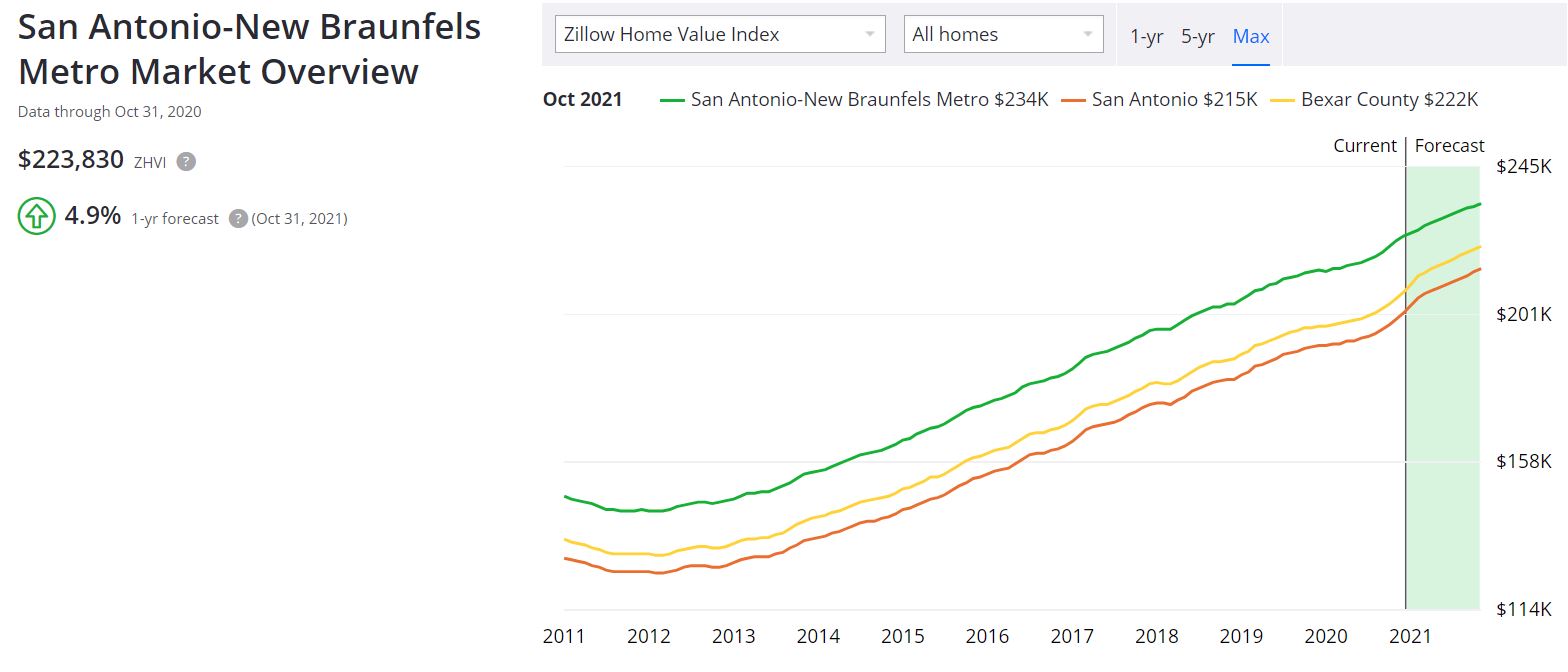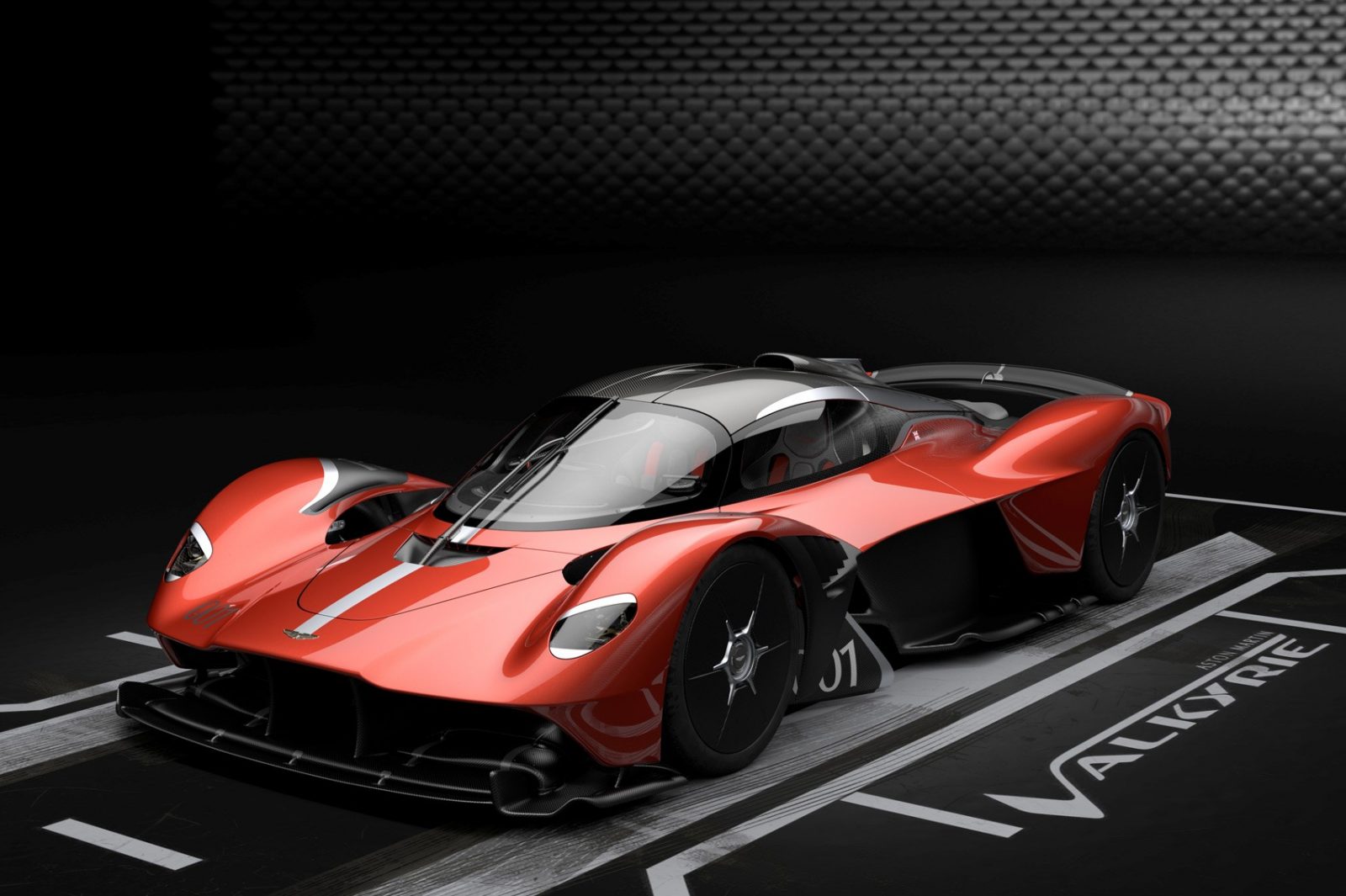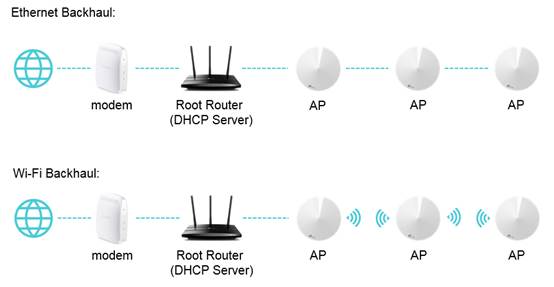Table of Content
Today, in 2018, weÕre still using AC electricity for most of our homes and businesses. It has been proven throughout time that AC voltage creates effectively. The current that maintains both magnitude and direction constancy is known as a direct current, or DC.

Because waveguides do not have an inner conductor to carry a return current, waveguides cannot deliver energy by means of an electric current, but rather by means of a guided electromagnetic field. Although surface currents do flow on the inner walls of the waveguides, those surface currents do not carry power. The surface currents are set up by the guided electromagnetic fields and have the effect of keeping the fields inside the waveguide and preventing leakage of the fields to the space outside the waveguide. Waveguides have dimensions comparable to the wavelength of the alternating current to be transmitted, so they are feasible only at microwave frequencies.
Why Do We Use Alternating Current (AC) Electricity?
The most common type of secondary battery is the lead-acid battery. Lead-acid batteries are used in cars, trucks, and other vehicles. They are also used in backup power supplies for computers and other sensitive equipment. DC is generated by sources such as batteries and solar cells, whereas AC is generated by sources such as generators and transformers. This means that if you want to use any AC devices in your home (e. g. AC motors, home appliances), you’ll need to convert the DC power generated by your solar panels or windmill into AC power. There are many reasons why alternating current is preferable to direct current .

This current has a frequency of 60 Hz and would look something like this . Once the power has been transmitted across country at 300,000 volts for example it is finally reduced in pressure in stages through a series of 'Step down' Transformers. Copyright ©2022 Infospace Holdings LLC, A System1 Company. The material on this site can not be reproduced, distributed, transmitted, cached or otherwise used, except with prior written permission of Answers. Portable solar power systems and other off-grid equipment are typical DC power uses in the PV business. Costs for such systems will be kept low by not utilising a solar inverter to convert DC to AC.
When are alternating currents commonly used?
Coaxial cables often use a perforated dielectric layer to separate the inner and outer conductors in order to minimize the power dissipated by the dielectric. At very high frequencies, the current no longer flows in the wire, but effectively flows on the surface of the wire, within a thickness of a few skin depths. The skin depth is the thickness at which the current density is reduced by 63% . Even at relatively low frequencies used for power transmission (50 Hz – 60 Hz), non-uniform distribution of current still occurs in sufficiently thick conductors. For example, the skin depth of a copper conductor is approximately 8.57 mm at 60 Hz, so high current conductors are usually hollow to reduce their mass and cost. Since the current tends to flow in the periphery of conductors, the effective cross-section of the conductor is reduced.
AC is a more popular current in powering electric motors, a machine that converts electrical energy to mechanical energy. Direct current is common in devices containing batteries charged by plugging an AC to DC adapter into a power outlet or using a USB cable to charge. Examples include mobile phones, flashlights, modern TVs, and hybrid cars. An alternator generates AC designed to produce alternating current. Within a magnetic field, an induced current flows along a loop of spinning wire.
How do we use alternating current in our homes?
DC is mainly not applied for these purposes due to some reasons. With alternating current, the directions of the electrons change For an alternator, a slightly different configuration changes the pressing and pulling of the individual generator terminals. Thus, the electricity in the wire moves in one direction for a short time and then reverses direction when the generator anchor is in a different position. The same thing happens with a DC generator where the movement of a wound wire through a magnetic field forces electrons out of one terminal and attracts electrons to the other terminal. Because high voltages are more efficient for sending electricity over long distances, AC has an advantage over DC.
These frequencies are similar to the electromagnetic wave frequencies often used to transmit the same types of information over the air. Consequently, power transmitted at a higher voltage requires less loss-producing current than for the same power at a lower voltage. This means that when transmitting a fixed power on a given wire, if the current is halved (i.e. the voltage is doubled), the power loss due to the wire's resistance will be reduced to one quarter. With all of the above descriptions, experts are testing and presenting the easiest way to transfer power.
Can current flow in two directions?
Alternating current is used in most electricity distribution systems for several reasons, but the most important one is the ease with which it can be transformed from one voltage to another. With the help of a transformer, AC current can be easily converted from high voltages to low voltages and vice versa. Thus, a remarkable advantage of AC voltage over DC is stepping up and down the voltage based on the requirement. Generally, the primary source of direct current is generated by batteries, electrochemical, or photovoltaic cells.

Pour the ammonia fertilizer mixture into a 20-gallon hose-end sprayer. Place the top on the container, and attach the sprayer to the end of a garden hose. Turn on the water, and apply the ammonia fertilizer to your entire lawn early in the morning. Ammonia in Fertilizer Ammonia is a basic building block for ammonium nitrate fertilizer, which releases nitrogen, an essential nutrient for growing plants, including farm crops and lawns. About 90 percent of ammonia produced worldwide is used in fertilizer, to help sustain food production for billions of people around the world.
When you plug things into the outlet in your house, you don’t get DC. Today, we’re still using AC electricity for most of our homes and businesses. This helped pave the way for Thomas Edison who later went on to invent a lot of different electricity-based machines such as the phonograph and the lightbulb. After the impactful work of Franklin and Edison, things accelerated pretty rapidly. People began using electricity in many different ways, but the main one was to light homes in the late 1800’s and early 1900’s.

Alternating current circuit theory developed rapidly in the latter part of the 19th and early 20th century. Notable contributors to the theoretical basis of alternating current calculations include Charles Steinmetz, Oliver Heaviside, and many others. Calculations in unbalanced three-phase systems were simplified by the symmetrical components methods discussed by Charles LeGeyt Fortescue in 1918. The usual waveform of alternating current in most electric power circuits is a sine wave, whose positive half-period corresponds with positive direction of the current and vice versa. In certain applications, like guitar amplifiers, different waveforms are used, such as triangular waves or square waves.
The Jaruga Hydroelectric Power Plant in Croatia was set in operation on 28 August 1895. The two generators and the transformers were produced and installed by the Hungarian company Ganz. The transmission line from the power plant to the City of Šibenik was 11.5 kilometers (7.1 mi) long on wooden towers, and the municipal distribution grid 3000 V/110 V included six transforming stations.

Some end-devices - mainly electronic devices - use DC , but that's no problem, since the AC can easily be converted to DC, as well. On the other hand, the current that comes out of batteries and cells is DC. AC outlets are virtually always utilised in homes and offices. This is because it is extremely simple to generate and carry AC over vast distances. Less energy is lost in the transmission of electrical power at high voltages like those exceeding 110kV.































